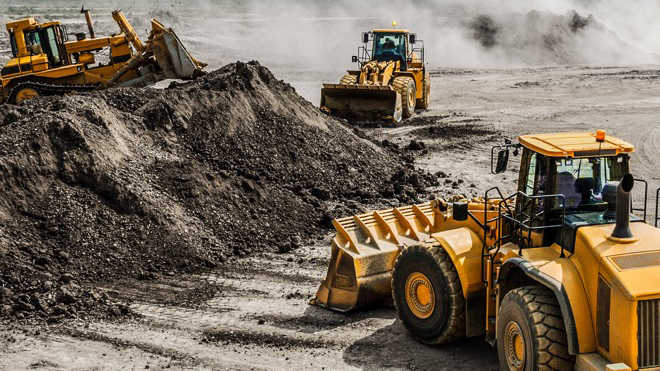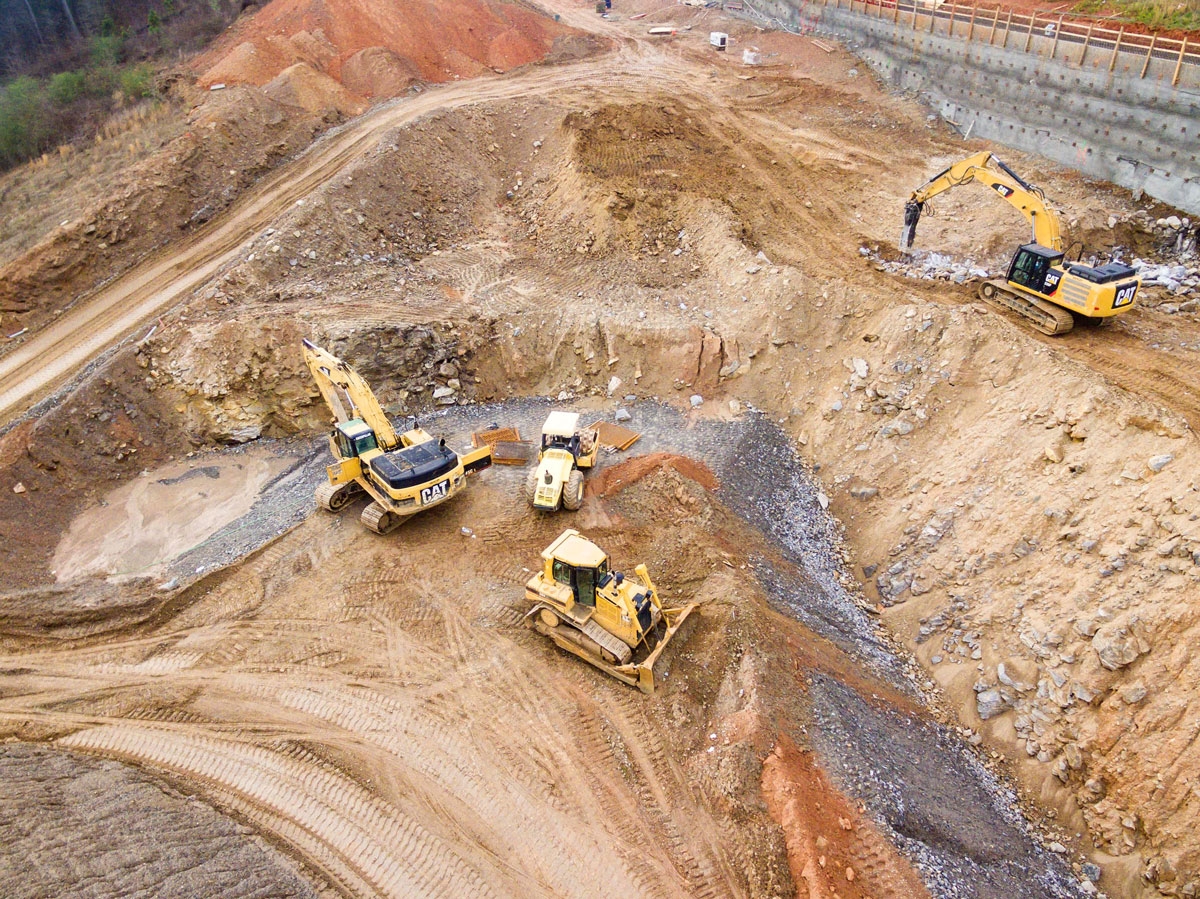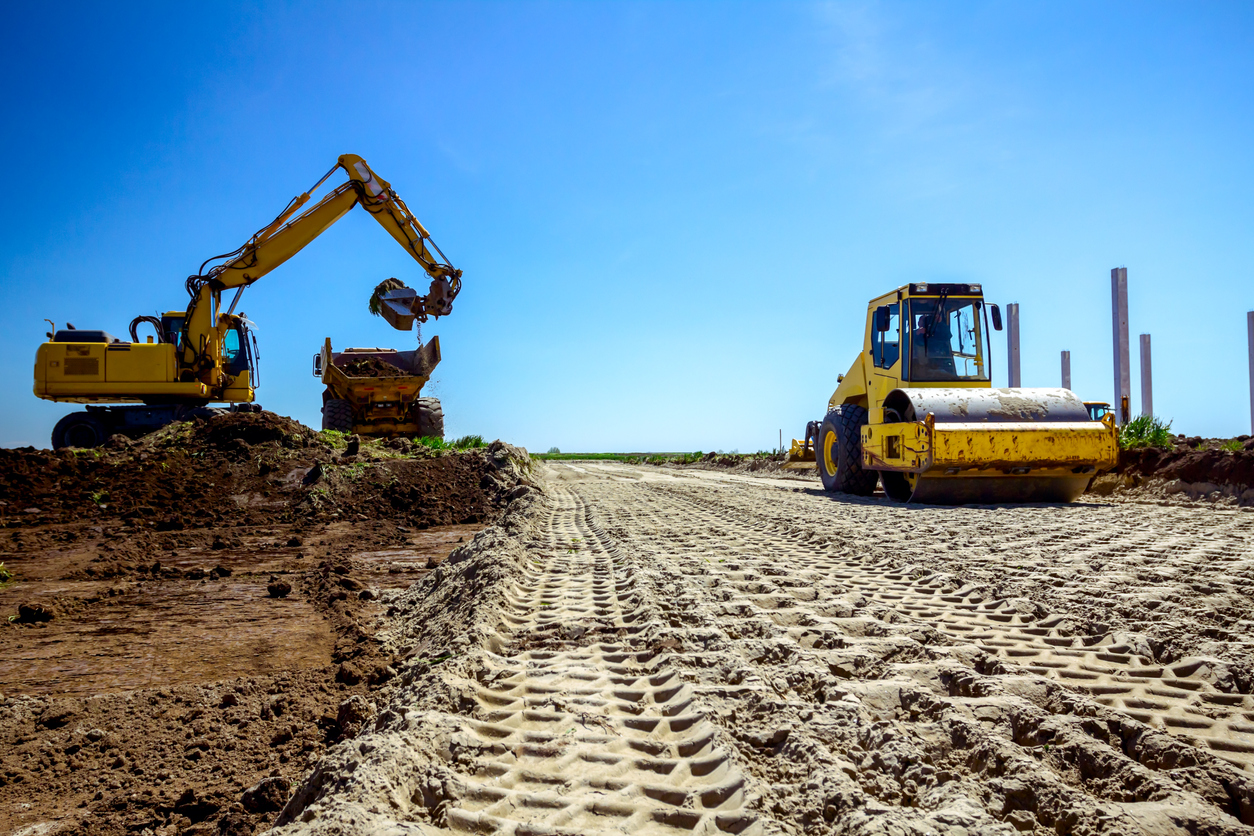Heavy Equipment Rental: High-Quality Machinery for Lease
Heavy Equipment Rental: High-Quality Machinery for Lease
Blog Article
Leasing Vs. Purchasing Construction Equipment: Making the Right Selection for Your Job
When embarking on a building job, one of the crucial decisions that forecast stakeholders and managers face is whether to purchase or rent building and construction tools. The decision pivots on numerous elements such as cost considerations, project period, tools upkeep, scalability, adaptability, and risk management.
Cost Factors To Consider
Renting devices frequently calls for lower preliminary repayments compared to buying, making it an eye-catching alternative for short-term tasks or contractors with budget plan constraints. In the lengthy run, continually leasing equipment can build up greater costs than acquiring, particularly for extensive tasks.
On the other hand, getting construction tools entails greater in advance costs yet can cause lasting cost savings, specifically for frequent users or long-lasting tasks. Owning devices gives flexibility, ease, and the possibility for resale worth once the task is finished. In addition, possessing devices allows for customization and familiarity with certain equipment, possibly enhancing effectiveness and performance on-site. Ultimately, the decision in between renting out and buying construction tools pivots on the job's period, regularity of usage, budget plan factors to consider, and long-lasting monetary objectives.
Task Period

Alternatively, for lasting jobs or continuous construction work, acquiring tools might be the extra affordable option. Investing in tools can lead to set you back financial savings in the lengthy run, particularly if the equipment will be frequently used. Additionally, possessing equipment provides a feeling of control over its accessibility and enables modification to fit particular task needs.

Tools Maintenance
Provided the important role task duration plays in establishing the most cost-effective technique between acquiring and renting building equipment, the emphasis currently changes in the direction of examining the essential element of equipment maintenance. Correct upkeep is vital for making sure the optimum performance and long life of construction tools. Leasing devices frequently includes the advantage of having actually properly maintained equipment given by the rental company. This can minimize the concern of upkeep tasks from the job proprietor or specialist, conserving time and initiative. On the other hand, owning equipment needs an aggressive strategy to maintenance to stop breakdowns, make certain security, and prolong the devices's life expectancy. Routine inspections, servicing, and prompt repairs are essential to maintain owned and operated tools in leading working problem. Aspect in upkeep expenses when deciding in between purchasing and leasing, as neglecting upkeep can cause pricey repairs, downtime, and task hold-ups. Ultimately, a well-kept building and construction equipment fleet, whether leased or owned, is vital for the reliable and effective conclusion of building tasks.
Versatility and Scalability
In the world of building and construction equipment management, the element of adaptability and scalability holds significant significance for job efficiency and source application. Opting to lease building tools provides a high level of versatility as it allows for the quick adjustment of equipment kinds and amounts based on the progressing demands of a project.
Renting out building devices provides the benefit of easily here scaling procedures up or down as project demands change. Contractors can promptly include or trade equipment to match the task's changing requirements without the constraints of possessing assets that might come to be underutilized or obsolete.
Danger Administration
Reliable risk monitoring in construction equipment procedures is paramount to ensuring job success and mitigating potential financial losses. Building jobs inherently involve different threats, such as equipment failures, accidents, and project hold-ups, which can significantly affect the task timeline and budget plan. By meticulously considering the threats related to owning or renting building devices, project managers can make educated decisions to lessen these potential hazards.
Renting out building devices can supply a level of danger mitigation by transferring the responsibility of repair and maintenance to the rental company. This can reduce the financial concern on the task owner in case of unexpected tools failings (rental company near me). Furthermore, leasing provides the adaptability to accessibility specialized tools for click to read particular job phases, lowering the risk of possessing underutilized equipment
On the various other hand, owning building equipment supplies a feeling of control over its usage and upkeep. However, this likewise implies bearing the complete responsibility for repairs, maintenance costs, and depreciation, increasing the monetary dangers linked with tools possession. Mindful risk analysis and consideration of aspects such as project period, tools application, and maintenance demands are critical in identifying one of the most appropriate option for efficient threat administration in building projects.
Verdict
To conclude, when deciding in between renting and getting building and construction tools, it is very important to take into consideration expense, job period, tools maintenance, adaptability, risk, and scalability management. Each element plays an important role in figuring out one of the most ideal option for the project handy. By meticulously reviewing these elements, task managers can make an educated decision that straightens with their budget, timeline, and total project goals.

Report this page